Coffee is an essential daily ritual for many people. However, not everybody loves this magical, energizing elixir right away.
If you’re one of those people who struggle to understand the hype around it, then you’ve come to the right place. How to like coffee?
I was once in your shoes, wondering how on earth anyone could enjoy that bitter, dark liquid. But with time, effort, and a few helpful tips, I learned to appreciate – even love – coffee.
Let me tell you this: coffee flavour doesn’t have to be bitter or tasteless. The world of coffee is vast and fascinating, offering endless possibilities for different brewing methods, flavors, and aromas.

Your coffee journey may begin with understanding the different types of beans and roasts, but it doesn’t end there.
By experimenting with brewing coffee techniques and customizing your cup of joe, you can transform coffee from a bitter and hate coffee, an unbearable beverage into a delightful morning (or afternoon) ritual.
Key Takeaways
Coffee appreciation requires time, patience, and exploration of different brewing methods and flavors
Customizing your cup of joe by experimenting with beans, roasts, and additions can make it more enjoyable
Creating a daily coffee routine can help integrate the beverage into your lifestyle and allow you to enjoy its many benefits.
Understanding the Coffee World
Different Types of Coffee Beans
When I first decided to explore the world of coffee, I quickly learned that there are two main types of coffee beans: Arabica and Robusta.
Arabica beans are more common and tend to have a smoother, milder taste. In comparison, Robusta beans are known for their stronger, more bitter flavor.
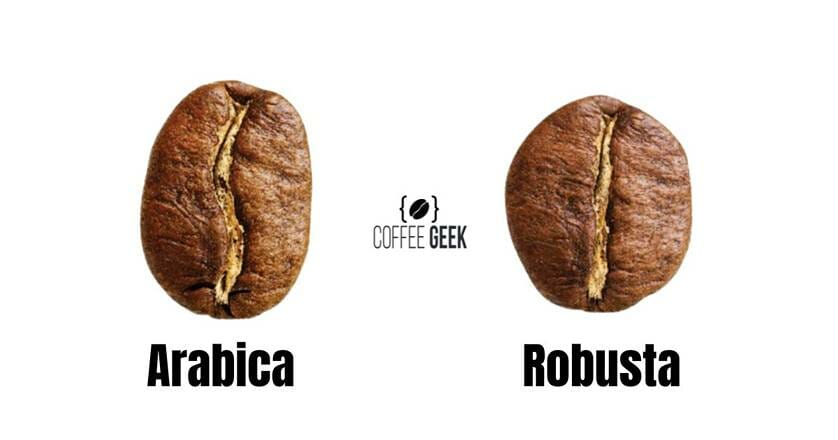
The origin of these beans also plays a significant role in their taste profiles with Arabica beans mainly originating from Ethiopia and various countries in South America, while Robusta beans are commonly found in Africa, Indonesia and Vietnam.
Coffee Origins and Blends
Speaking of origin, I realized how important geography is when it comes to flavor profiles. For instance, African countries like Ethiopia are known for their fruity, bright, and aromatic beans.
On the other hand, South American countries such as Brazil produce beans with chocolatey, nutty notes and a heavier body.
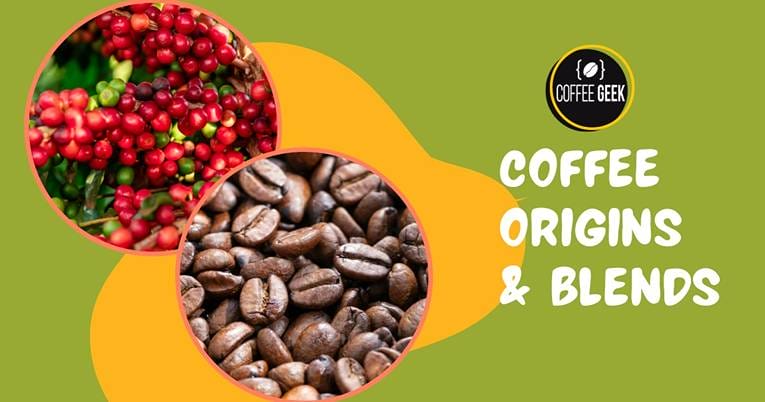
Blends are another consideration when it comes to taste. Single-origin coffees showcase the unique characteristics of a particular region, while coffee blends mix beans from different regions to achieve a balanced and complementary flavor profile.
Different Roasts
Lastly, I’ve learned that the roasting process significantly affects the flavor of coffee. Roasts are generally categorized as light, medium, or dark.
Light roasts retain most of the bean’s natural flavors and tend to have a more acidic, fruity taste.
Medium roasts offer a balance between the bean’s natural flavors and the flavors developed during roasting, often producing a smooth, caramel-like taste.

Dark roasts, on the other hand, have a bolder, more robust flavor, with notes of dark chocolate and even smokiness because of their longer roasting process time.
By understanding the various types of beans, origins and blends, and roasts, I’ve been able to appreciate the complexity and nuances of coffee. And now, whenever I sip a cup, I can better appreciate the journey my coffee has taken to reach my taste buds.
Brewing the Perfect Cup
French Press
Ah, the French Press – my personal favorite! To make a great cup of coffee using this method, I begin by heating my water to a temperature between 195° and 205° F, which I’ve learned is the optimal brewing temperature.
Next, I grind my coffee beans to a coarse consistency and add them to the French Press.
I pour the hot water over the grounds, stir it gently, and then wait for about 4 minutes before pressing down the plunger. Voilà – a delicious and rich cup of coffee!
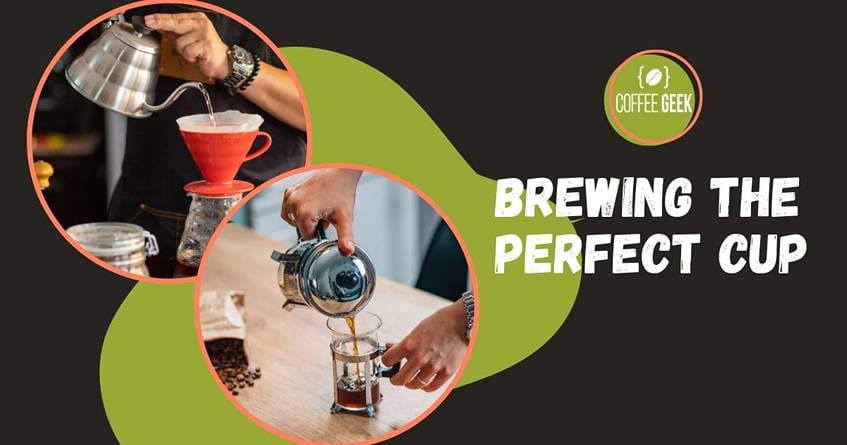
Pour-Over
When I’m in the mood for a clean and bright cup of coffee, I go for the pour-over method. I start by placing a filter in my pour-over coffee maker and then add my coffee grounds (medium-fine grind).
Similar to the French Press, I heat the water to the right temperature, then pour it slowly and steadily over the grounds. It takes a bit of patience, but the result is a smooth, flavorful cup of coffee worth savoring.
AeroPress
The AeroPress is my go-to when I want a fast and strong cup of coffee.
For this method, I grind my coffee beans to a fine consistency and place them in the AeroPress chamber.
I then pour hot water (again, 195° – 205° F) over the coffee grounds, stir for about 10 seconds, and then press the plunger firmly and evenly.
In less than a minute, I have a concentrated, full-bodied coffee that I can enjoy straight or diluted with hot water.
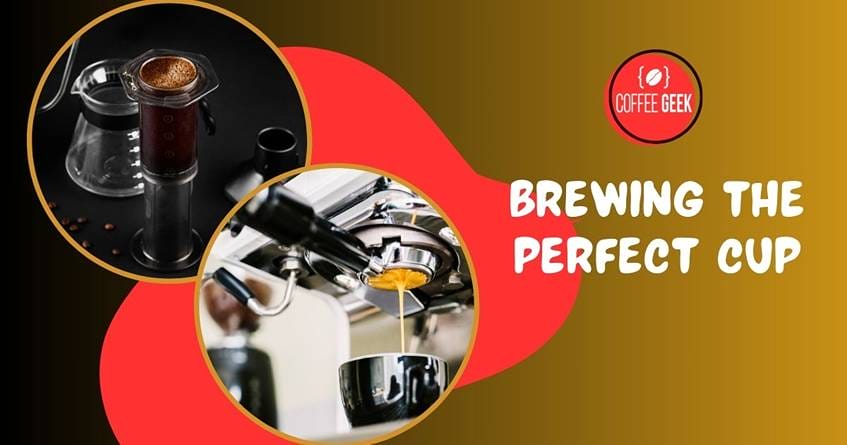
Espresso Machine
Making espresso at home requires an espresso machine, but it’s worth the investment if you’re a fan of bold, concentrated coffee.
I start by grinding my coffee beans to a fine consistency, then I tamp them into the espresso machine’s portafilter.
The water temperature should be within the optimal range, much like the other methods, for the best extraction.
The machine does the work for me, forcing hot water through the grounds and producing the perfect shot of espresso with a lovely crema on top.
Instant Coffee
Let’s face it, there are times when we need a quick caffeine fix, and that’s where an instant cup of good coffee comes into play. Personally, I always have a jar on hand for those moments when time is tight.
To make instant one, all I need is to heat water to boiling and then add one to two teaspoons of the instant coffee powder.
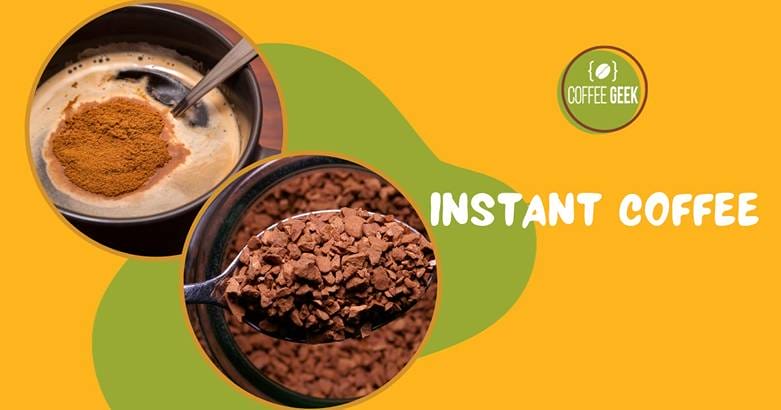
Skip the optimal temperature range here – an instant cup is more forgiving. Give it a stir, and there you have it – a quick and convenient cup of coffee when I’m short on time.
Customizing Your Coffee Flavors
Basic Additives
When I first started drinking coffee, the taste was quite overpowering, and I found the bitter taste and acidity challenging. To make the coffee more palatable, I experimented with milk and cream.
Adding a touch of milk or cream can soften the coffee’s flavor and make it smoother. A perfect example of this is a latte, where steamed milk is added to a shot of espresso.

Gradually, I began to enjoy the change in the flavor profile as I went from light roasts to medium and dark roasts. Also, I discovered that decaf coffee helps in reducing anxiety and avoiding those jitters that sometimes come with caffeinated coffee.
Sweeteners and Flavorings
A simple addition of sugar or a sweetener is another way I learned to enhance my coffee flavor.
However, to explore more exciting and unique flavor profiles, I tried various sweeteners and flavorings like honey, maple syrup, and agave nectar.
One of my favorite ways to spice up black coffee is with a dash of cinnamon.
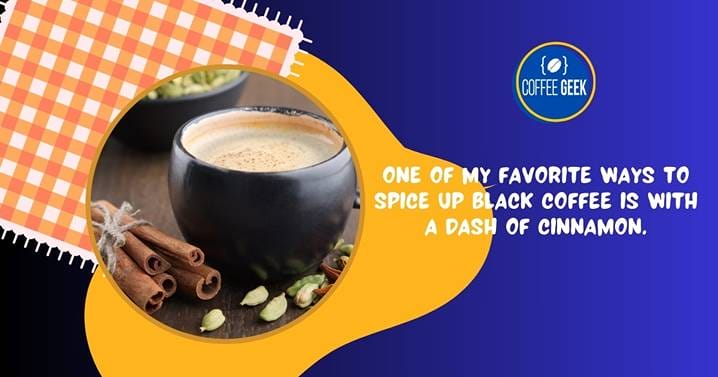
I also experimented with adding a few drops of vanilla extract or even a bit of salt to enhance the taste. The salt can help neutralize bitterness and acidity, especially in dark roasts.
Another adventurous way to change coffee flavor is by using various coffee shop-inspired syrups. There was a time I was obsessed with making my homemade version of a salted caramel frappuccino.
I also tried adding chicory for a more earthy and robust flavor that reminded me of a visit to a New Orleans coffee shop.
Being open to exploring different additions to my coffee allowed me to develop an acquired taste for various coffee styles.
Today, I can appreciate a simple black coffee just as much as I enjoy a flavored latte.
| Aspect | Tips and Suggestions |
|---|---|
| Coffee Type | Experiment with different coffee types like espresso, drip, French press, or pour-over to find your preference. |
| Coffee Roast | Try both light and dark roasts to discover which flavor profile you enjoy the most. |
| Sweeteners | Gradually reduce the amount of sugar or cream you add to your coffee to appreciate the natural flavors. |
| Brewing Method | Learn to brew coffee at home using various methods, allowing you to control the taste and strength. |
| Coffee Beans Quality | Invest in high-quality, fresh coffee beans for a more satisfying coffee experience. |
| Flavor Additions | Experiment with spices like cinnamon or nutmeg, flavored syrups, or alternative milk options to customize your coffee. |
| Temperature | Taste your coffee at different temperatures to find the ideal balance between hot and lukewarm. |
| Frequency | Gradually increase your coffee consumption to allow your palate to adjust to the taste. |
| Coffee Pairings | Pair coffee with pastries, chocolate, or other foods that complement its flavor. |
| Social Experience | Enjoy coffee with friends or loved ones to create positive associations with the beverage. |
Health Benefits and Concerns
Positive Health Effects
I’ve found that coffee has a number of health benefits.
For one, moderate coffee consumption of around 2-5 cups a day is linked to a lower likelihood of type 2 diabetes, heart disease, liver and endometrial cancers, Parkinson’s disease, and depression.
As an added bonus, coffee is rich in antioxidants and can even improve memory, mood, reaction times, and mental function, thanks to its caffeine content.
Caffeine and Potential Side Effects
Now, it’s important to note that caffeine, while having its benefits, can also lead to some side effects. Consuming too much coffee might cause heartburn, nervousness, insomnia, and headaches.
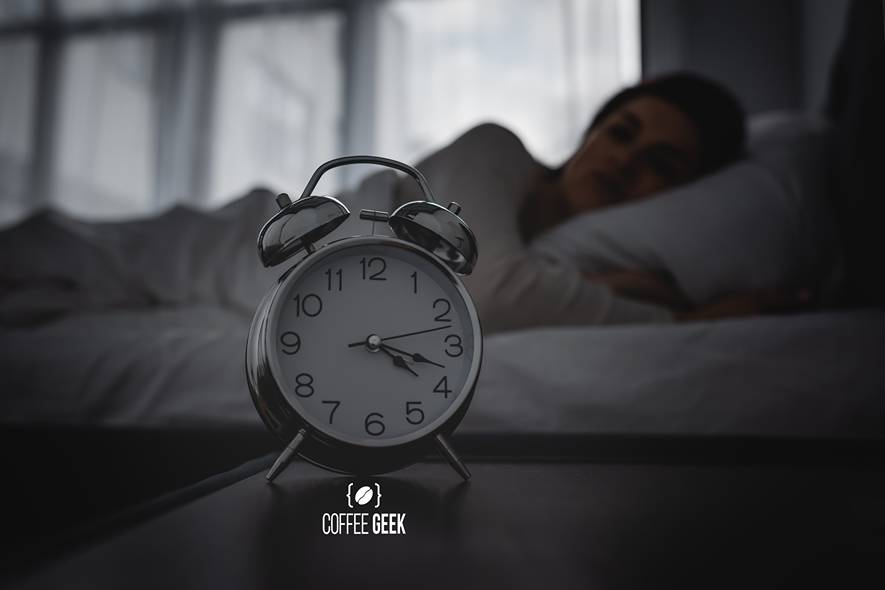
If you find yourself getting jittery after a cup of coffee, it could be a sign to cut back on your caffeine intake.
Decaffeinated Alternatives
If you love coffee but want to steer clear of the jitters, decaf might be a good option for you.
Decaffeinated coffee still offers some of the same health benefits as regular coffee, like a reduced risk of colorectal cancer.
Plus, you’ll still get to enjoy the taste and social aspect of coffee without the unwanted side effects.
Coffee Substitutes
For those who aren’t keen on coffee or caffeine at all, there are other alternatives that provide similar energy boosts without the jitters. Take kombucha, for example.
It is a fermented tea beverage that offers vitamins, antioxidants, and a small amount of natural caffeine. It’s a great option for people who want an energy lift without turning to coffee.
In the end, it all comes down to finding the best balance for your individual needs and preferences while staying aware of the potential benefits and concerns.
Building a Coffee Routine – How to Like Coffee?
Enjoying Morning Coffee
I find that starting off my day with a cup of coffee helps me wake up and enjoy the different flavors of coffee.
To enhance my morning experience, I grind my own beans to ensure that my brewed coffee is fresh coffee and flavorful. I often experiment with new blends and roasts to keep it interesting.

Remember, coffee is an acquired taste, so don’t be afraid to try different brewing methods.
For me, using a French press or pour-over gives a richer taste that I enjoy in my morning coffee brewed. By incorporating a variety of techniques, you can learn to appreciate the array of flavors coffee has to offer.
Coffee Breaks at Work
Drink coffee breaks at work are a great way to relax and socialize with coworkers. I find that taking a moment to step away from the desk and grab a cup of coffee can help reset my focus.
Besides, it’s an ideal time to chat with colleagues about something other than work. Maybe even initiate a quick discussion about where to find the best local shops around town!
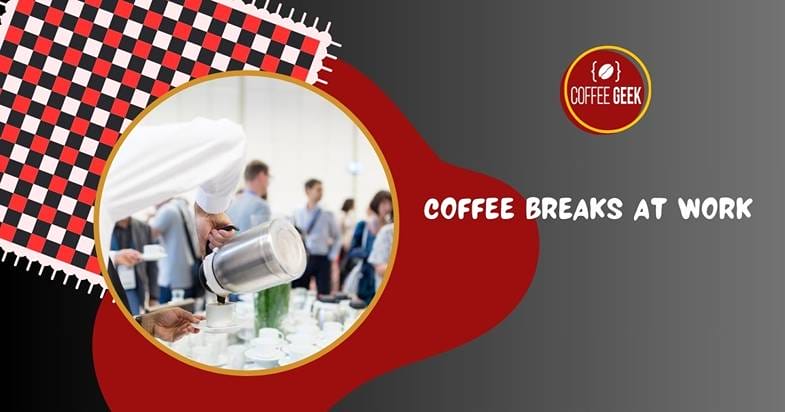
If you are a coffee lovers and want to enjoy black coffee, make sure you’re tasting high-quality coffee at work.
Sometimes, office coffee machines don’t offer the best quality, so consider bringing your own blend from home or finding a nearby café that serves excellent coffee.
Social Drinking Coffee
Coffee shops are a staple for socializing. I love meeting friends, coffee drinkers at local coffee shops to catch up and enjoy a warm drink together.
The atmosphere of shops often encourages conversation, relaxation, and, most importantly, enjoying the taste of coffee.
To fully appreciate the social aspect of coffee drinking, I recommend trying new types of coffee whenever you go out. Experiment with different flavors, blends, and preparation techniques.

Don’t limit yourself to only black coffee – there’s a whole world of coffee-based beverages to discover!
As my taste buds keep evolving, I continue to appreciate more and more the complex flavors and subtleties that coffee offers.
And while building my coffee routine, I can share my experiences (and love for coffee) with friends, coworkers, and fellow coffee enthusiasts.
See more on why people like coffee here.
Another Steps to Love Coffee
Visiting Coffee Shops
I’ve found that one of the best ways to develop a love for coffee is by regularly visiting different coffee shops.
By trying out various local coffee shops and cafes, I get the chance to taste different types of coffee, which helps me understand and appreciate the unique flavor profiles of each blend.
I’ve noticed that smaller, independently-owned shops tend to use whole beans that are freshly ground, which results in better flavor and freshness compared to some chain franchises.
Experimenting with Different Flavors and Beans
When it comes to coffee, there are countless blends, beans, and roasting levels to explore!
I found that lighter roasts like African coffees are naturally sweeter and less bitter, making them great for beginners like myself.
Gradually, I became more adventurous in my choices, experimenting with darker roasts and different high quality beans to expand my palate.
Cold brew coffee has been my go-to choice during warm weather days because it’s less acidic with a smoother taste.
For a bold yet refreshing experience, I tried out an Americano, which balances the strong flavor of the espresso with hot water.
This way, I discovered that the best coffee for beginners like myself involves a mix of grind types, brewing methods, and flavor profiles in order to find the perfect cup.
By trying various coffee options, I’ve learned not only to appreciate the drink but also to understand the process behind it.
So, give it a try and explore the wonderful world of coffee! You may just find yourself falling in love with it, one sip at a time.
Frequently Asked Questions
How can I start enjoying it when I drink coffee?
I started by trying freshly brewed coffee from local shops that use whole beans, which retain more flavor when ground.
Gradually, as I explored different roasts and brewing methods, I began to appreciate the unique characteristics of each coffee type.
What are some beginner-friendly coffee drinks?
As a beginner, I found that drinks with added milk and sweetness, such as lattes or cappuccinos, were easier to enjoy. Another option is a mocha, which combines chocolate and coffee flavors.
Experimentation is key to finding the perfect drink for your taste buds, like real coffee snobs.
How can I make coffee taste better to enjoy it?
To make coffee taste better, I experimented with different brewing techniques like the French press, Aeropress, and pour-over.
I also tried adjusting the coffee-to-water ratio, altering the grind size, and adding sweeteners or flavored syrups to improve the taste of my pleasant cup.
What factors can affect the taste of coffee?
In my experience, factors that can affect the taste and liking coffee include the freshness of the beans, the roast level, grind size, the brewing process, and water quality.
It’s important to understand how these factors influence the final taste to make adjustments that suit your personal preferences.
Are there any alternatives to black coffee if I don’t like it?
If you’re not a fan of black coffee, there are alternatives such as cold brew, which has a smoother, richer finish and chocolatey notes. You could also try to add milk, flavored creamers, or syrups to customize the flavor to your liking.
How do I get used to the taste of coffee?
I believe that getting used to the taste of coffee comes with time and experimentation. Keep trying different brews, strength levels, and combinations of flavors to find what works for you.
Gradually, you might move from drinks with added sweetness to more complex, pure coffee flavors as your palate develops.

